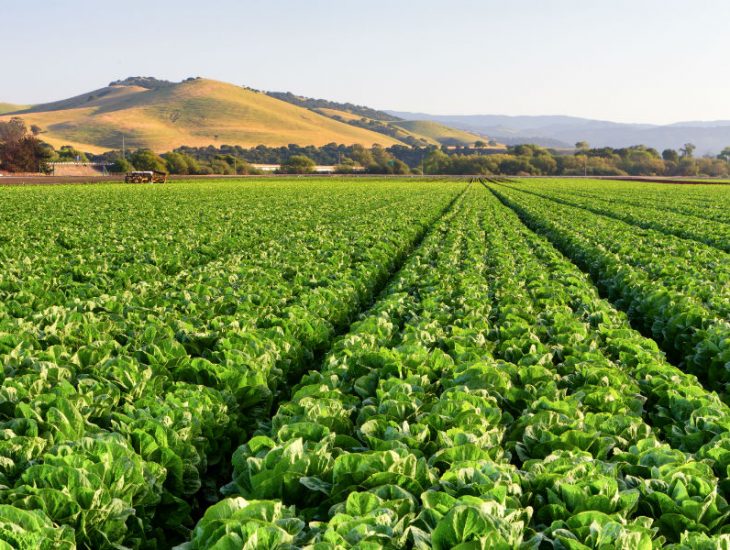
Regions
- North America
Clients
Partners
THE CHALLENGE
There is simply not enough land in California. Agricultural production, transportation needs, and housing and urban growth all demand land that is also needed to support the diverse species and ecosystems of the region. Critical habitat for iconic western species has been depleted, and the demand for land is only expected to increase in the coming years. The state estimates that at least 600,000 acres of high quality habitat will need to be restored and conserved in the coming decades.
THE SOLUTION
With 70 percent of the land in the Central Valley under private ownership, effective conservation for species must include programs compatible with working lands. The Central Valley Habitat Exchange (Exchange) creates this compatibility by allowing habitat to be traded as a commodity, just like crops. By measuring the quality of habitat at a particular site, a credit value is assigned that willing landowners can sell to private and public investors seeking habitat for mitigation requirements or restoration mandates, in addition to private developers with standalone mitigation needs. Through the Exchange, farmers and ranchers will be paid to “grow” habitat for at-risk wildlife, such as flooded fields for salmon, riparian forest for Swainson’s hawk, and wetland habitat for giant garter snakes.
THE OUTCOME
The Exchange is motivating multiple-benefit projects—projects that conserve critical habitat for listed species, and support agricultural productivity and flood safety. By creating new incentives around transparent and measurable conservation outcomes, the Exchange is creating a new funding stream that offers landowners the ability to earn revenue while protecting habitat on working lands in California’s Central Valley. Through the use of science-based quantification tools, rigorous and transparent habitat tracking, and adaptive management the Exchange is able to clearly demonstrate environmental return on investment and help to ensure net habitat benefit is achieved for at-risk species and support working lands, flood infrastructure, and projects with multiple benefits.
The Exchange is moving from program design to establishing ongoing, sustained operations, and is currently in a period of active growth to ensure that habitat conservation and mitigation benefits can be achieved at scale. We are working closely with regional conservation planners, state agencies, and conservation funders to leverage our species quantification tools and unique funding structures.
Migrating Birds along the Pacific Flyway
Each year at least a billion birds, such as snow geese and tundra swans, migrate along the Pacific Flyway. Working lands in the Central Valley Habitat Exchange will play a crucial role in protecting and enhancing this vital habitat.
I’ve feared for many years that the monarch might reach the point that it will require protections under the Endangered Species Act – a last resort that signals a dire state for the iconic and beloved species. But a recent trip to [field testing of the Habitat Quantification Tool in] California gave me great hope that it’s not too late to change the monarch’s trajectory.
David Wolfe, Environmental Defense Fund (EDF)

We can co-create lasting change.
We help our partners improve the performance of conservation and development programs.
Partner with Us